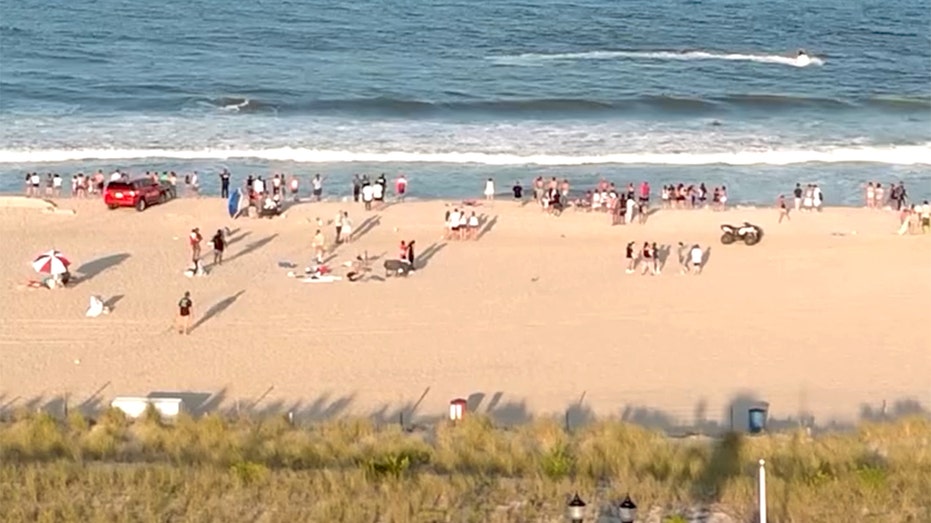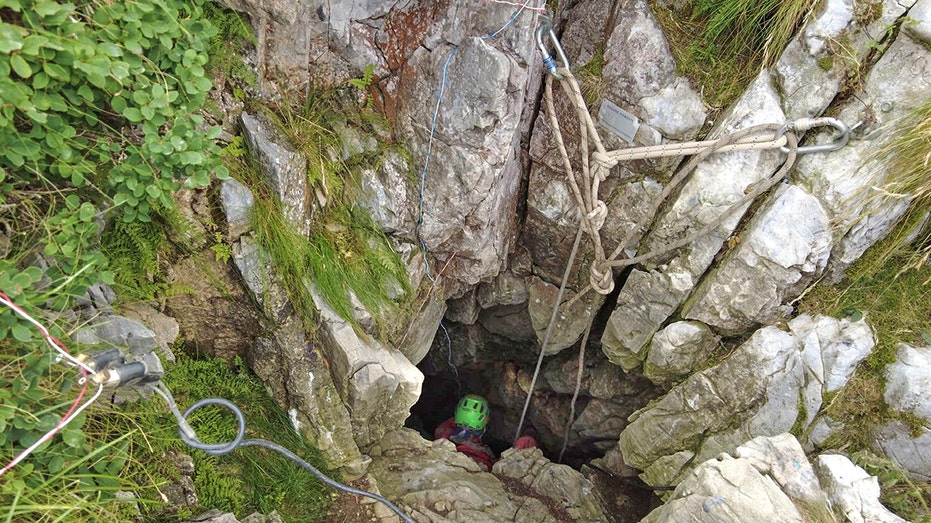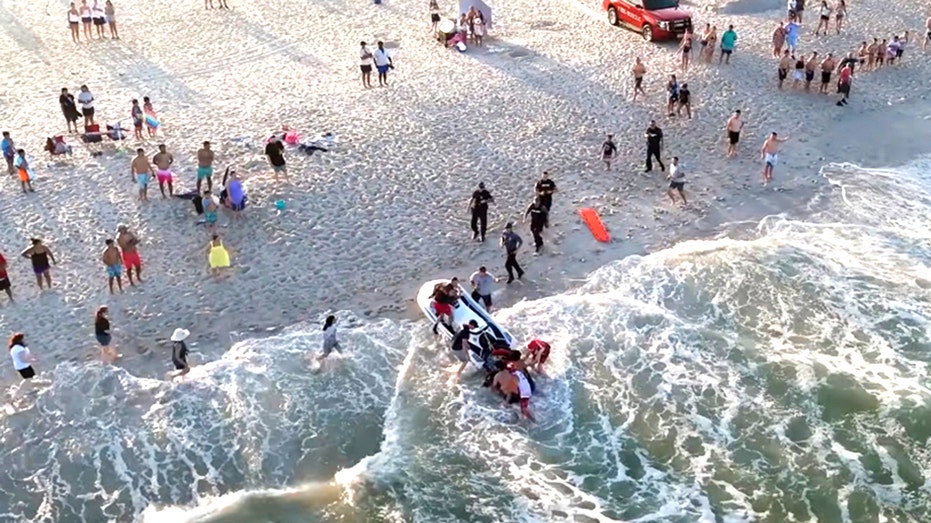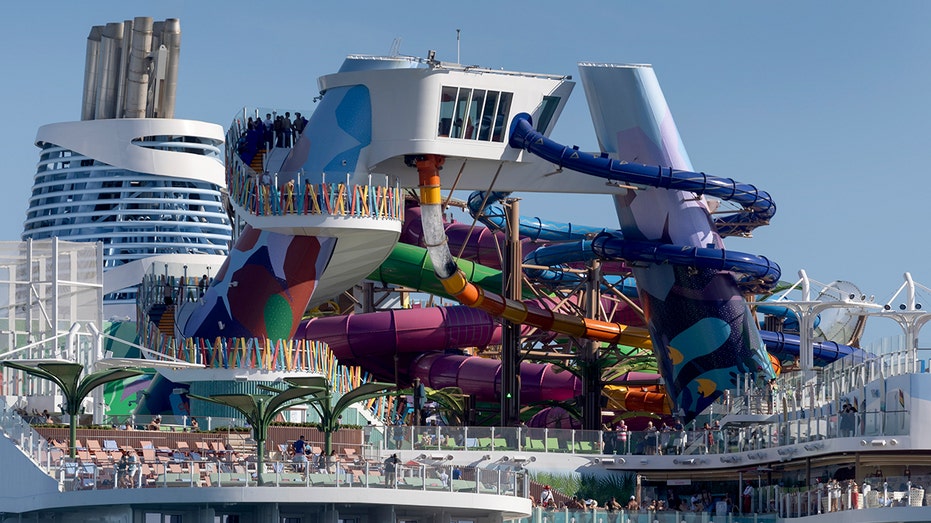Beyond the Rescue: Unpacking the Deadly Rip Current Threat at Jersey Shore

Sarah Johnson
August 12, 2025
Brief
Analysis of rip current tragedy at Seaside Heights, NJ, highlighting underlying issues of beach safety, public awareness, and resource allocation to prevent future fatalities.
Opening Analysis
The tragic incident at Seaside Heights, New Jersey, where a rip current claimed one life and endangered several others, highlights a persistent and often overlooked danger at beaches: the deadly power of rip currents. While dramatic rescues capture headlines, the underlying issues of beach safety, public awareness, and resource allocation deserve deeper scrutiny. This event underscores the need for comprehensive strategies to mitigate risks and prevent future tragedies.
The Bigger Picture
Rip currents are not new phenomena. They have posed a threat to swimmers throughout history. Early maritime communities understood the dangers of strong currents, though scientific understanding has evolved over time. In the United States, awareness campaigns began in the mid-20th century to educate the public about rip currents, yet fatalities persist. The historical context reveals a recurring pattern: seasonal spikes in rip current incidents, often coinciding with peak beach attendance during the summer months. Factors such as coastal erosion, changing weather patterns, and increasing coastal populations exacerbate the risks. Understanding this history is crucial for developing effective prevention strategies.
What This Really Means
The Seaside Heights incident carries significant implications. First, it raises questions about the availability and timing of lifeguard services. The fact that the beach was unguarded at the time of the incident is a critical point. Second, it illustrates the unpredictable nature of rip currents, which can form rapidly and unexpectedly. Third, it underscores the importance of public education. Many beachgoers are unaware of how to identify rip currents or how to respond if caught in one. This lack of awareness turns a natural phenomenon into a potentially deadly threat. Finally, the incident highlights the emotional and psychological toll on both victims and rescuers, and the ripple effects on their communities.
Expert Perspectives
Experts in ocean safety emphasize a multi-faceted approach to mitigating rip current risks. Chris Brewster, a leading authority in lifesaving and co-author of studies on rip current rescues, notes that a lack of awareness is a primary factor in many drowning incidents. He consistently advocates for increased public education and vigilance.
“Far too many people enter the ocean unaware of the risks involved,” Brewster has stated. “Education is the most critical tool in preventing rip current drownings.”
Other experts, such as Dr. Robert A. Dalrymple, a coastal engineer at Johns Hopkins University, highlight the need for better forecasting models and improved coastal management strategies.
"Understanding the hydrodynamics of rip current formation is key to predicting and mitigating their impact," Dr. Dalrymple explains. "Investing in research and technology can help us develop more accurate forecasting tools and implement effective coastal protection measures.”
Data & Evidence
The National Weather Service (NWS) reports an average of 49 rip current fatalities per year in the United States. However, this number can fluctuate significantly based on weather patterns and coastal conditions. Notably, rip currents account for over 80% of rescues performed by lifeguards on surf beaches, according to research published in Natural Hazards and Earth System Sciences. Coastal states from Florida to California experience varying degrees of rip current activity, with the Atlantic coast generally seeing higher rates during hurricane season. Economic factors also play a role: communities with fewer resources may struggle to maintain adequate lifeguard services and public awareness programs. Recent studies indicate a correlation between increased coastal tourism and a rise in rip current incidents, underscoring the need for targeted safety campaigns in popular beach destinations.
Looking Ahead
To prevent future tragedies, several key areas require attention. First, enhancing public education through accessible and engaging campaigns is essential. This includes clear signage at beaches, informative videos, and community outreach programs. Second, improving lifeguard coverage, especially during peak seasons and at high-risk locations, is vital. Third, investing in research and technology to better understand and predict rip currents can lead to more effective warning systems. Fourth, fostering collaboration between government agencies, coastal communities, and ocean safety organizations can ensure a coordinated response. Finally, addressing the root causes of coastal erosion and climate change, which contribute to the formation of rip currents, is a long-term imperative.
The Bottom Line
The jet ski rescue at Seaside Heights serves as a stark reminder of the hidden dangers lurking beneath the surface of seemingly idyllic beaches. While the heroic efforts of rescuers are commendable, the focus must shift toward proactive measures: increased awareness, improved lifeguard services, and sustained investment in research and prevention. Only through a comprehensive approach can we hope to reduce the number of rip current fatalities and ensure a safer beach experience for all.
Topics
Editor's Comments
While this incident at Seaside Heights underscores the immediate dangers of rip currents, it also begs a larger question: are coastal communities adequately prepared for the increasing risks associated with climate change? Rising sea levels and more frequent extreme weather events are likely to exacerbate coastal erosion, which in turn, can influence the formation and intensity of rip currents. Investing in long-term coastal resilience planning, including beach nourishment projects and improved infrastructure, could be a crucial step in mitigating future risks and protecting both lives and livelihoods. The focus shouldn't just be on immediate rescue efforts, but also on proactive, sustainable solutions.
Like this article? Share it with your friends!
If you find this article interesting, feel free to share it with your friends!
Thank you for your support! Sharing is the greatest encouragement for us.






